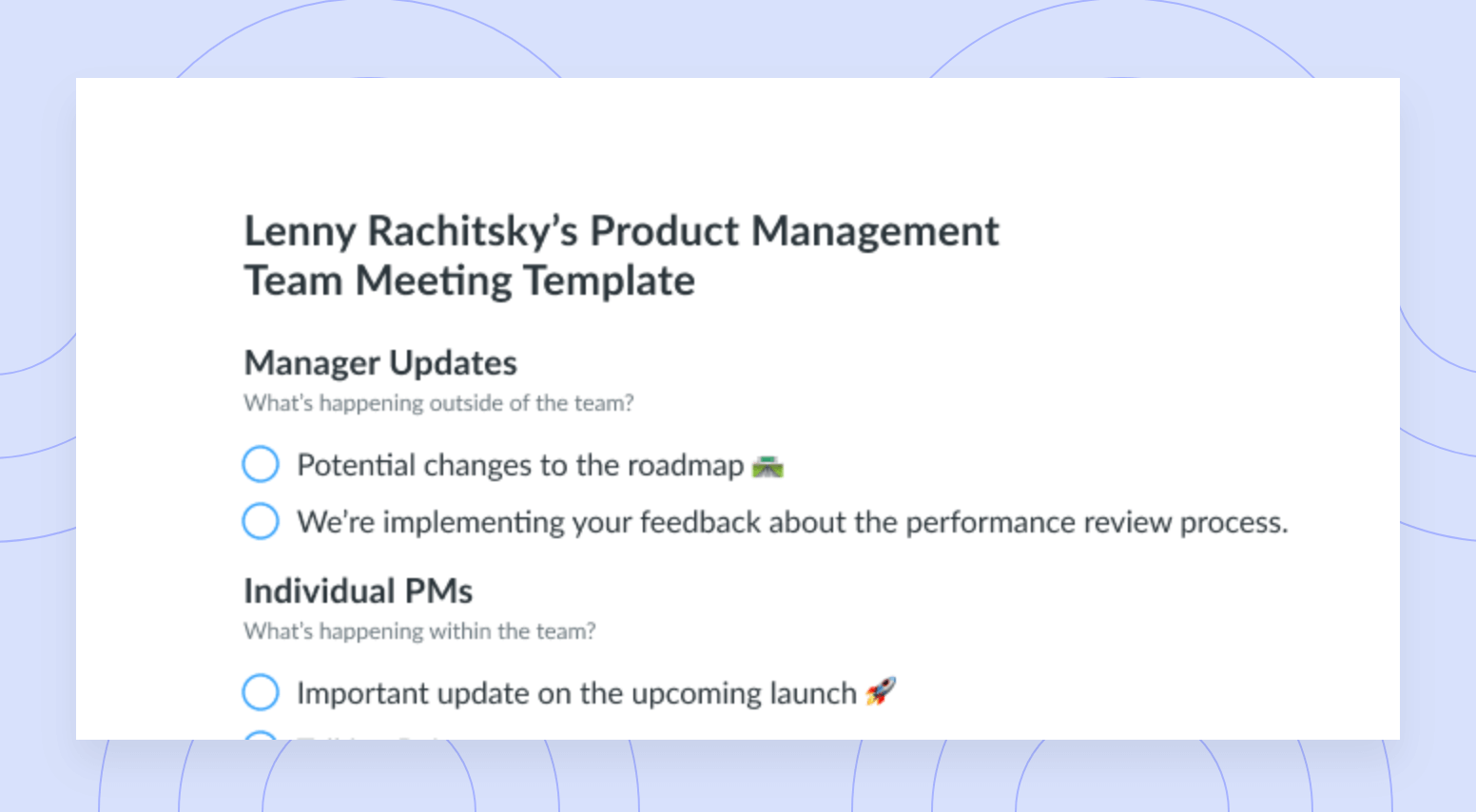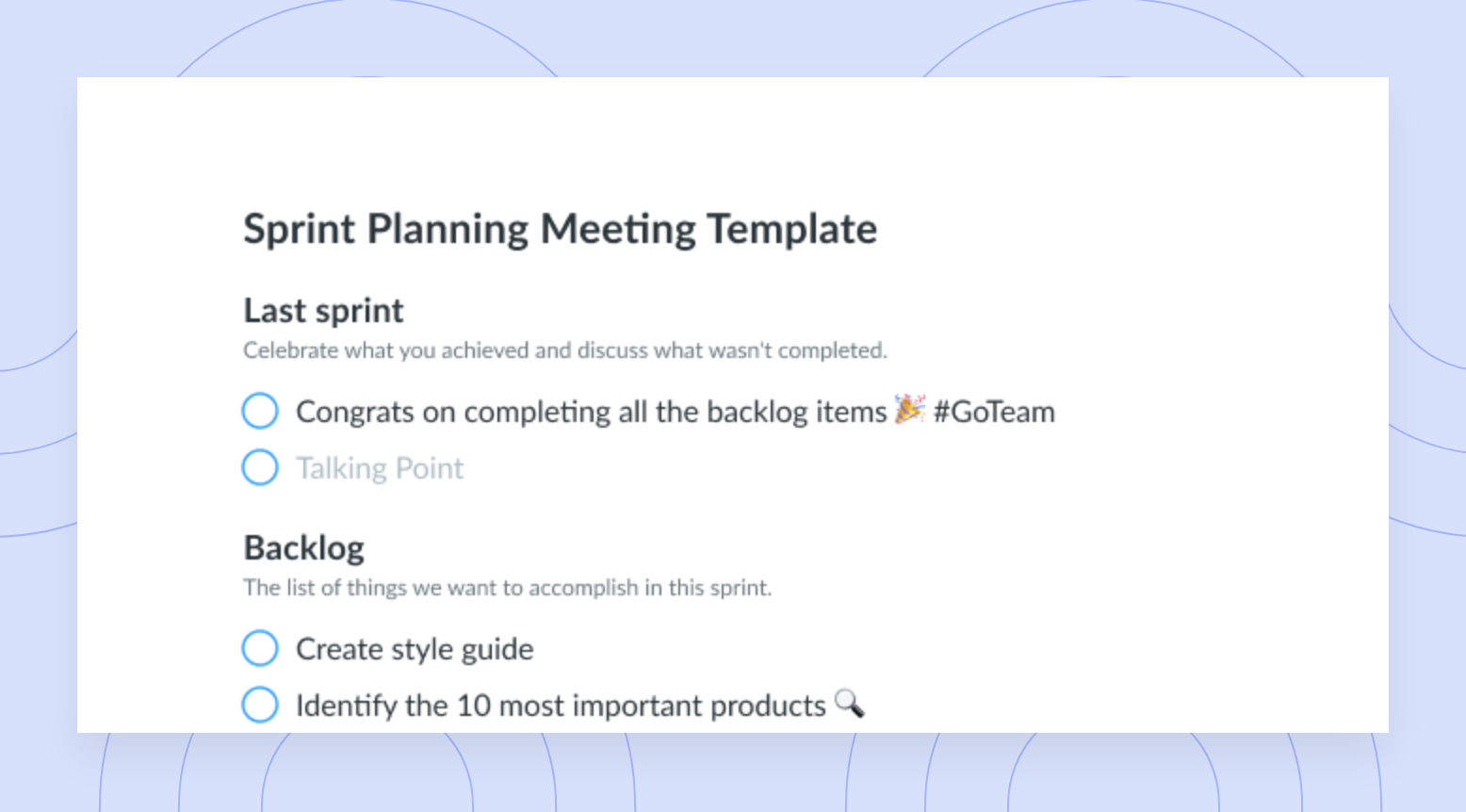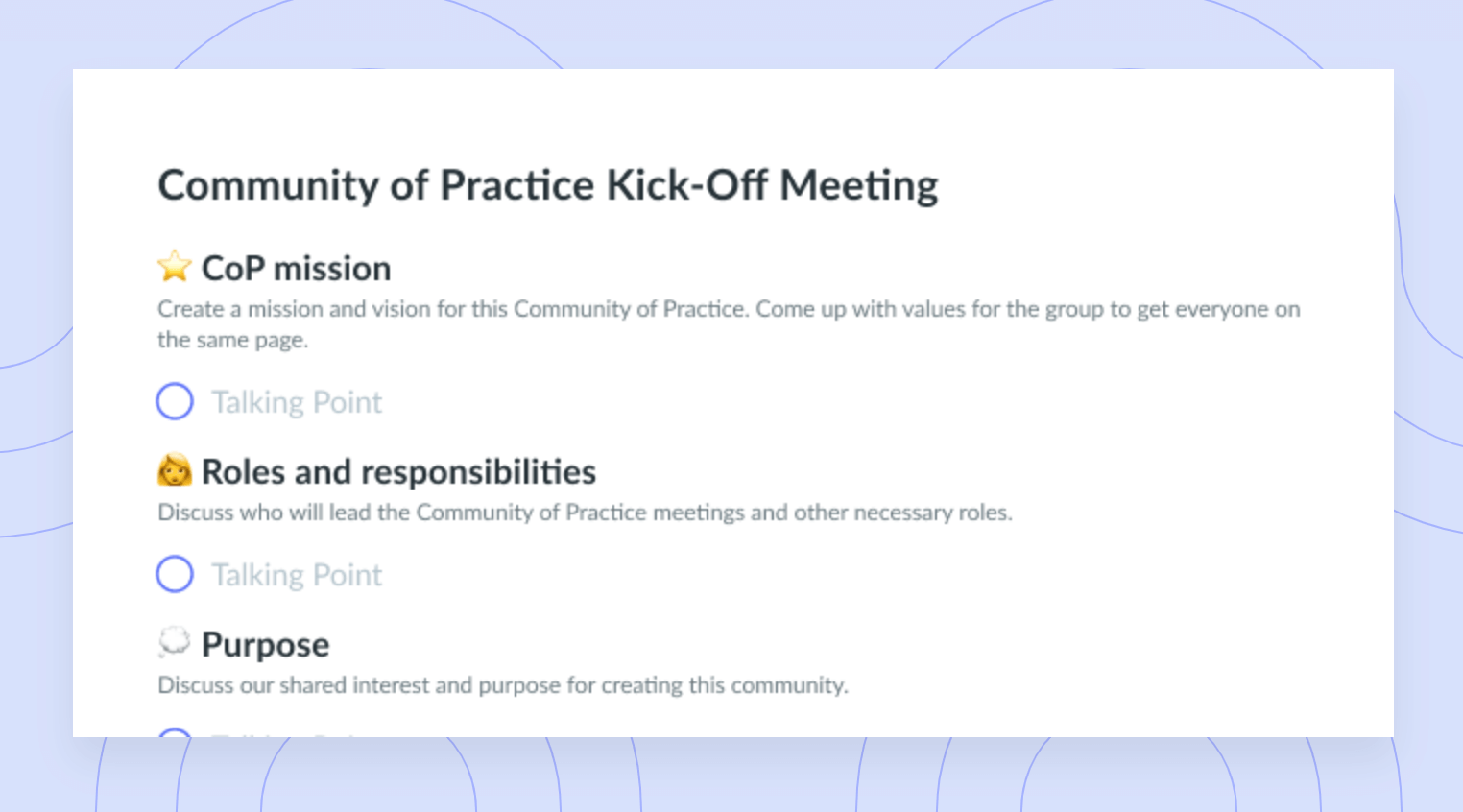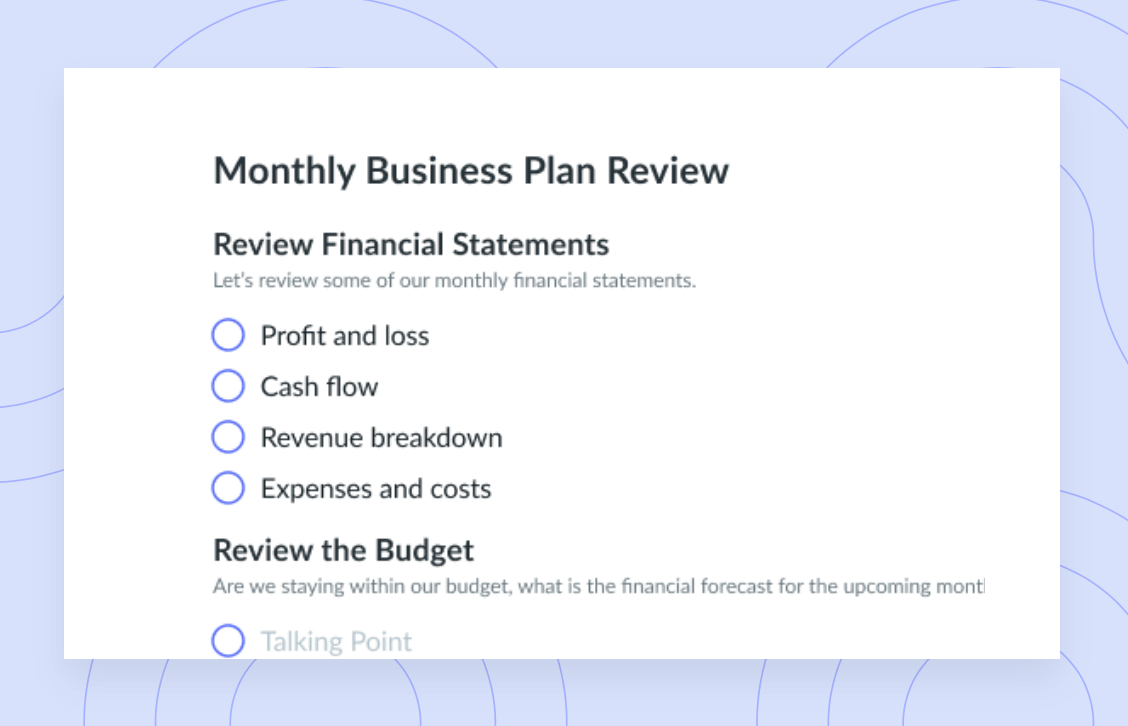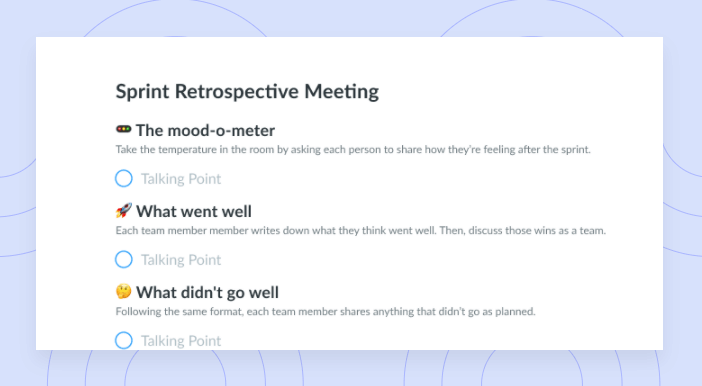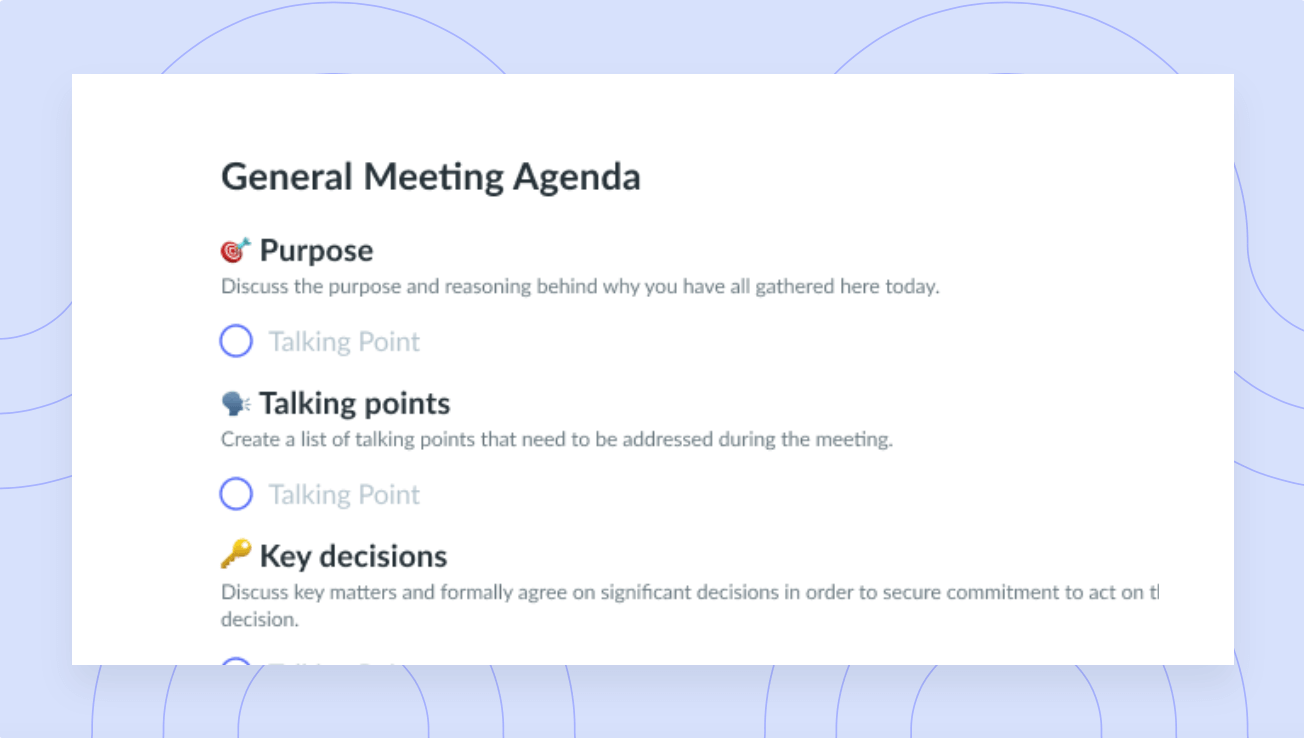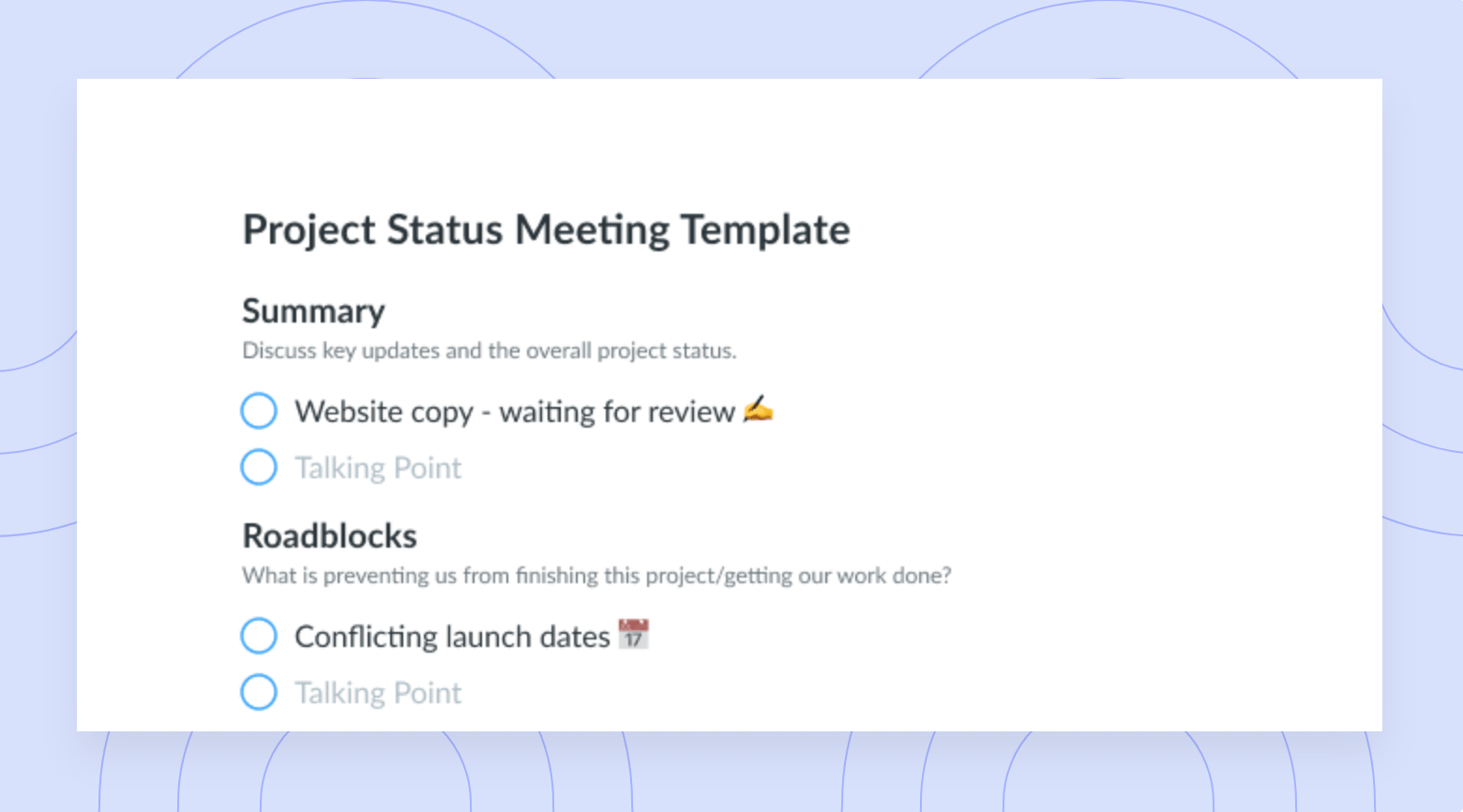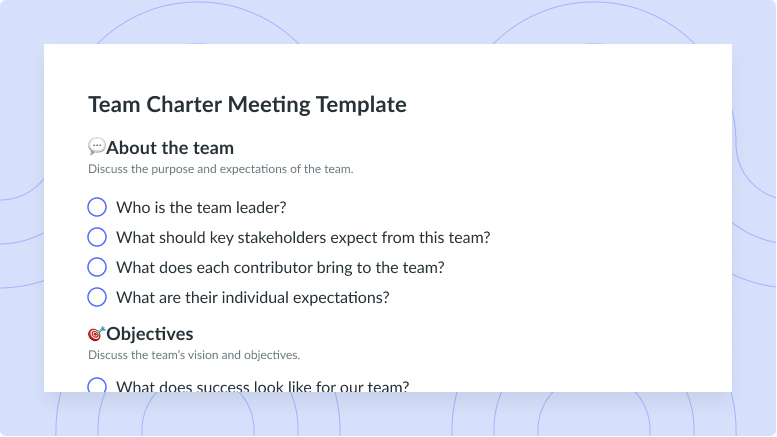6 Employee Motivation Theories to Increase Productivity
Boost motivation by emphasizing the importance of goal setting and leveraging motivational theories for employees.
Have you ever wondered what motivates people to do what they do? While motivators vary from person to person, many employee motivation theories strive to shed some light on the age-old question. In this article, we’ll dive into six employee motivation theories so you can learn more about what drives the people on your team to succeed.
- What is motivation theory?
- 6 motivation theories leaders can use at work
- Tips for using motivation theories at work
What is motivation theory?
Motivation theory refers to the study of determining an individual’s motivators. In other words, this theory refers to the study of understanding what drives someone to work towards a particular goal or outcome. This theory is particularly important when striving to understand what motivates people in the workplace. For example, an individual may be initially motivated by basic biological needs like shelter and substance; from this point, their motivators progress to higher needs like self-actualization or fulfillment.
If someone suffers from low motivation at work, it may be because they aren’t motivated. Low motivation at work may occur for several reasons, including burnout, working in a toxic environment, a lack of autonomy, personal struggles, poor incentives, or a lack of clear goals or objectives.

Build a culture of effective meetings
Level up your meeting habits to boost engagement and productivity with a collaborative meeting agenda. Try a tool like Fellow!

6 motivation theories leaders can use at work
- Maslow’s hierarchy of needs
- Incentive theory
- McClelland’s three needs theory
- Two-factor motivation theory
- Competence theory
- Expectancy theory
Maslow’s hierarchy of needs
Coined by Abraham Maslow in 1943, Maslow’s hierarchy of needs is a psychological theory that suggests that humans have a set of fundamental needs that must be fulfilled in a specific order to achieve the highest level of personal fulfillment and actualization, also known as self-actualization.
Maslow’s hierarchy of needs is typically depicted as a pyramid with five categories:
- Physiological needs
Physiological needs are the foundation of the pyramid and include basic biological needs that are required for survival—including food, water, shelter, and sleep. In the workplace, a person’s physiological needs must be met before a person can excel in their career.
- Safety needs
Once the physiological needs have been met, Maslow’s theory states that an individual will seek safety and security. This includes protection from physical harm, financial security, a stable environment, and a sense of security. In the workplace, this may refer to a stable job with a consistent paycheck and a healthy working environment.
- Love and belongingness
After the safety needs have been met, Maslow’s hierarchy of needs suggests that a person will begin to seek social connection and relationships. This includes the desire for love, relationships, friendships, and finding a sense of belonging within a community. In the workplace, this may look like forming workplace connections, going out for drinks with colleagues after work, or joining a social committee in the workplace.
- Esteem
After the above needs have been met, an individual will begin to seek esteem, which may involve seeking recognition, respect, status, and a positive self-image. In the workplace. this may come as praise, a promotion, or a new title.
- Self-actualization
Self-actualization is the highest level of the hierarchy of needs and can only be achieved after the individual has met all other needs within the hierarchy. At this stage, an individual will seek personal growth, self-fulfillment, and the realization of their potential.
Incentive theory
Incentive theory is a psychological theory that suggests that people are motivated to fulfill certain actions or behaviors based on their perception of the reward or incentive. This theory suggests that individuals are driven by the desire to maximize pleasure or minimize pain by seeking external rewards. In the workplace, incentives play a crucial role in motivating employees. The following are examples of incentives as they relate to the workplace:
- Monetary rewards
Monetary rewards include salaries, commissions, bonuses, profit-sharing, or performance-based pay that provides employees with a financial incentive.
- Recognition and praise
Recognition and praise refer to rewarding employees for their positive contributions through certificates, awards, public recognition, or team shoutouts, for example.
- Career advancements
Career advancements are an excellent way to incentivize and motivate employees. These advancements may come in the form of a promotion, personal and professional development opportunities, or advancements within the company.
McClelland’s three needs theory
Developed by psychologist David McClelland, the three needs theory proposes that humans are motivated by a need for achievement, affiliation, and power. According to McClelland, these needs will vary from person to person, and understanding an individual’s dominant need can help organizations tailor their strategies accordingly. The three needs as they relate to the workplace are:
- Need for achievement
Those with a need for achievement strive to accomplish challenging goals. They seek opportunities to succeed and prefer tasks for which they are personally responsible. In the workplace, a person with this need could be an individual contributor who specializes in a certain niche.
- Need for affirmation
The need for affirmation refers to the desire for positive social relationships and connections. People with a high need for affirmation yearn to be part of a group, seek frequent approval, and tend to avoid conflict. In the workplace, this may look like a coworker who is friendly with everyone, may be involved in the social committee, and refrains from workplace drama or politics.
- Need for power
Those with a need for power have a desire to influence, control, or have an impact on others. Those with a high desire for power tend to enjoy being in leadership positions. In the workplace, this person may be a manager or a senior leader and can be motivated by either personal power or institutional power.
Two-factor motivation theory
Developed by psychologist Frederick Herzberg, the two-factor motivation theory—or Herzberg’s motivation theory—aims to explain the factors that influence employee motivation and job satisfaction. According to this theory, job satisfaction and motivation are influenced by different sets of factors and addressing both intrinsic and extrinsic motivation will provide organizations with the insights necessary to create a more motivated workforce. Interested in implementing this theory? Check out this FREE meeting agenda template to get started!
Competence theory
Competence theory (also known as competence motivation theory) is a theory that suggests individuals are motivated or driven to engage in activities that develop or demonstrate their skills. This means that an individual may gravitate towards areas in which they excel, choosing to focus on tasks that further develop their skill sets—for example, a salesperson who is learning a tactic to close more deals or a designer who is learning a new framework.
Expectancy theory
The expectancy theory is a psychological theory with three main components: expectancy, instrumentality, and valence. Proposed by Victor Vroom in 1964, this theory suggests that an individual’s motivation to engage in a particular behavior, task, or action is influenced by their perception of the relationship between the effort, performance, and outcomes, suggesting that people are motivated to act in ways that they believe will result in positive outcomes. According to this theory, people are more motivated to engage in behaviors when there is believed to be a successful outcome.
Tips for using motivation theories at work
1Stay true to your word
Staying true to your word helps build trust, create a sense of reliability, reduce uncertainty, and build morale. Trust, reliability, and accountability are all fundamental when motivating employees, and staying true to your word will ensure you foster a stable work environment that keeps your employees feeling happy, healthy, and motivated.
2Ask for feedback
Understanding employees’ motivators can be challenging, which is why seeking feedback is crucial. Not only will asking for feedback provide you with necessary insights to motivate your team, but it will also ensure your employees feel valued, heard, and understood. Tools like Fellow make giving and receiving feedback easier than ever. You can leverage Fellow’s feedback feature to give and receive feedback in real time on meetings, projects, and performance.

3Show gratitude
When you express gratitude and let someone know their efforts are appreciated, this acts as positive reinforcement, making the employee more likely to repeat the behavior in the future. Showing gratitude will also help ensure your employees feel valued and appreciated. To express your gratitude, you can give a verbal shout-out during a team meeting, send out a group message in Slack, or even add a shout-out section to your meeting agenda in Fellow!
Ready to gain a new perspective?
By exploring motivational theories for employees, you can gain in-depth insights into what drives the people on your team. Theories like Maslow’s hierarchy of needs and the expectancy theory shed some light on what may be hindering employees or motivating them to level up. After you’ve identified key motivators, you can implement tools like Fellow, a meeting management tool that assists managers in running effective meetings that are conducive to a successful, positive workplace. Fellow offers features that streamline goal setting, facilitate regular check-ins, and encourage employee feedback, helping to foster a more positive work environment that leads to happy, healthy, and prosperous employees.






![How to Have an Effective Reverse Interview [+Examples]](https://fellow.app/wp-content/uploads/2022/07/reverse-interview.jpg)



